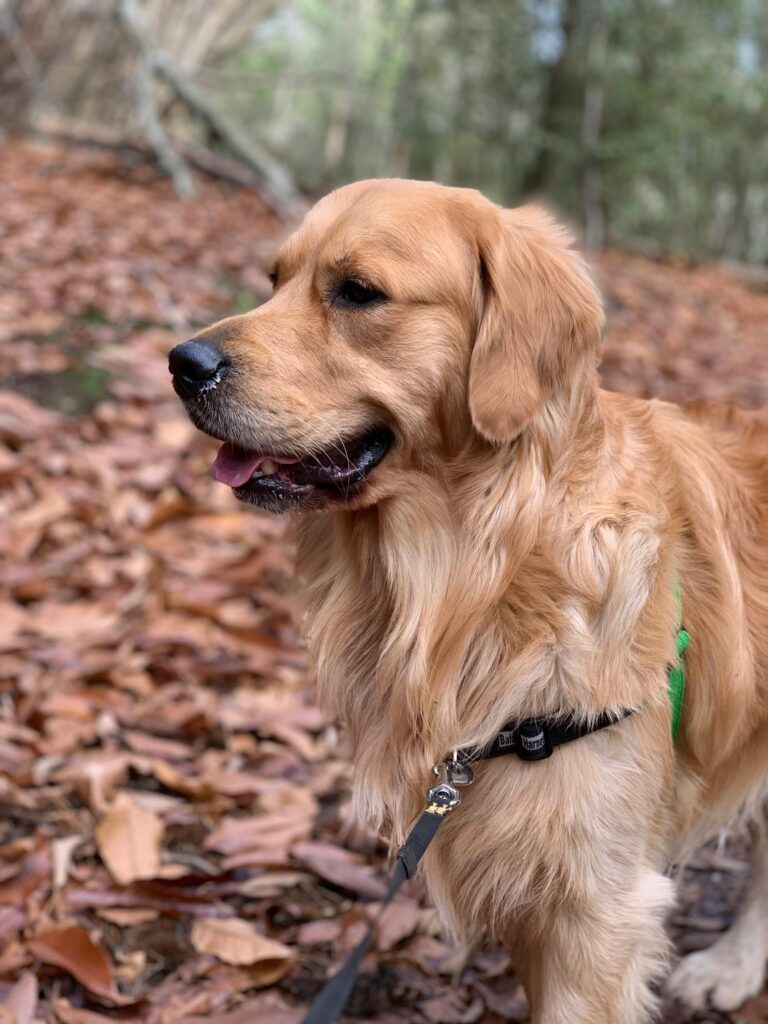Does your dog bark, lunge, or growl the moment another dog or person walks by? You’re not alone. Leash reactivity is one of the most common behavior issues we see at Off Leash K9 Training Kansas.
For many owners, this behavior is confusing and embarrassing. Their dog is perfectly sweet at home, yet transforms into a ball of chaos on walks. The truth is, leash reactivity doesn’t mean your dog is aggressive, it means they’re struggling to cope with the pressure of being restrained on a leash.
Let’s break down the causes, the most effective fixes, and some myths that often make the problem worse.

What Is Leash Reactivity?
Leash reactivity is an overreaction when a dog encounters a trigger (like another dog, person, bike, or even car) while restrained on a leash. The reaction can include:
- Barking
- Lunging
- Growling
- Pulling
- Fixated staring
It’s important to note that leash reactivity is not the same as true aggression. In fact, many reactive dogs are friendly off leash, they simply struggle with the frustration or stress of being restrained.
Common Causes of Leash Reactivity
- Frustration: Dogs want to greet or play but can’t, so they explode with energy.
- Fear or Anxiety: Nervous dogs may bark or lunge to keep threats away.
- Lack of Socialization: Limited exposure during puppyhood can make the world overwhelming.
- Handler Tension: Owners pulling back on the leash can increase stress.
- Mixed Signals: Inconsistent corrections or unclear expectations confuse the dog.
Understanding the cause is the first step toward addressing the behavior.
Myths About Leash Reactivity
- “My dog must be aggressive.”
Not true. Many reactive dogs are actually friendly off leash. - “They’ll grow out of it.”
Without training, reactivity usually worsens over time. - “More exposure will fix it.”
Forcing your dog into stressful encounters can make the problem worse, not better. - “Harnesses or longer leashes solve it.”
Equipment alone won’t fix reactivity. Training is the key.
How to Fix Leash Reactivity
1. Build Engagement First
Your dog should learn to focus on you before you add distractions. Practice engagement games in your backyard to teach them that paying attention to you is rewarding.
2. Create Distance from Triggers
Start at a distance where your dog notices but does not react. Gradually decrease the distance as they succeed.
3. Use Obedience Commands
Commands like sit, place, and heel give your dog a clear job, which replaces the reactive behavior.
4. Stay Calm and Confident
Your energy matters. If you tense up at the sight of another dog, your dog will too. Our post on why obedience training creates a happier dog explains how structure builds confidence for both you and your pup.
5. Avoid Flooding
Don’t overwhelm your dog by taking them straight into busy environments. Build gradually.
Professional Help for Reactivity
Reactivity is one of the most common issues we address in our Basic & Advanced Obedience Program. With structured training, dogs learn how to remain calm and controlled even around heavy distractions.
Expert Insight
According to the American Kennel Club, leash reactivity is often misunderstood. Many owners assume it’s aggression when, in reality, it’s frustration or fear. With the right approach, most dogs improve significantly and can become calm, confident walking companions.
Final Thoughts
Leash reactivity is frustrating, but it’s not permanent. By identifying the cause, busting common myths, and committing to consistent training, you can teach your dog to walk calmly and confidently by your side.
If your dog struggles with leash reactivity, don’t wait for it to get worse. Reach out through our contact page and let us help you build the skills both you and your dog need for stress-free walks.
